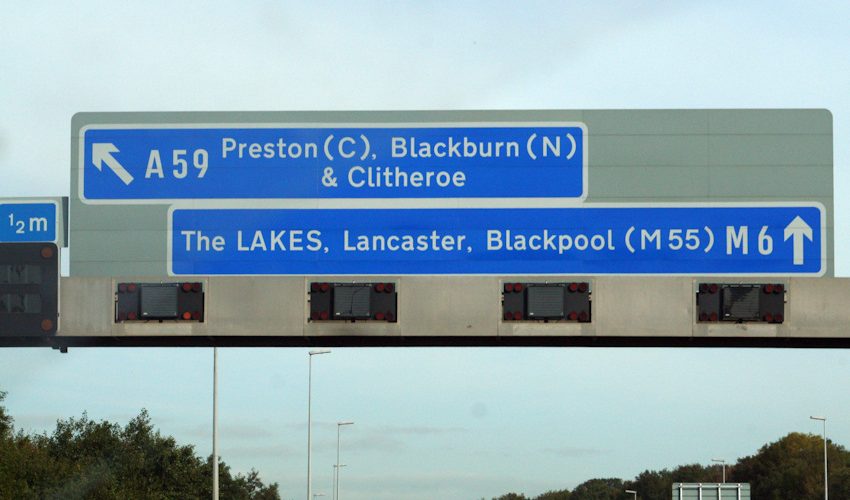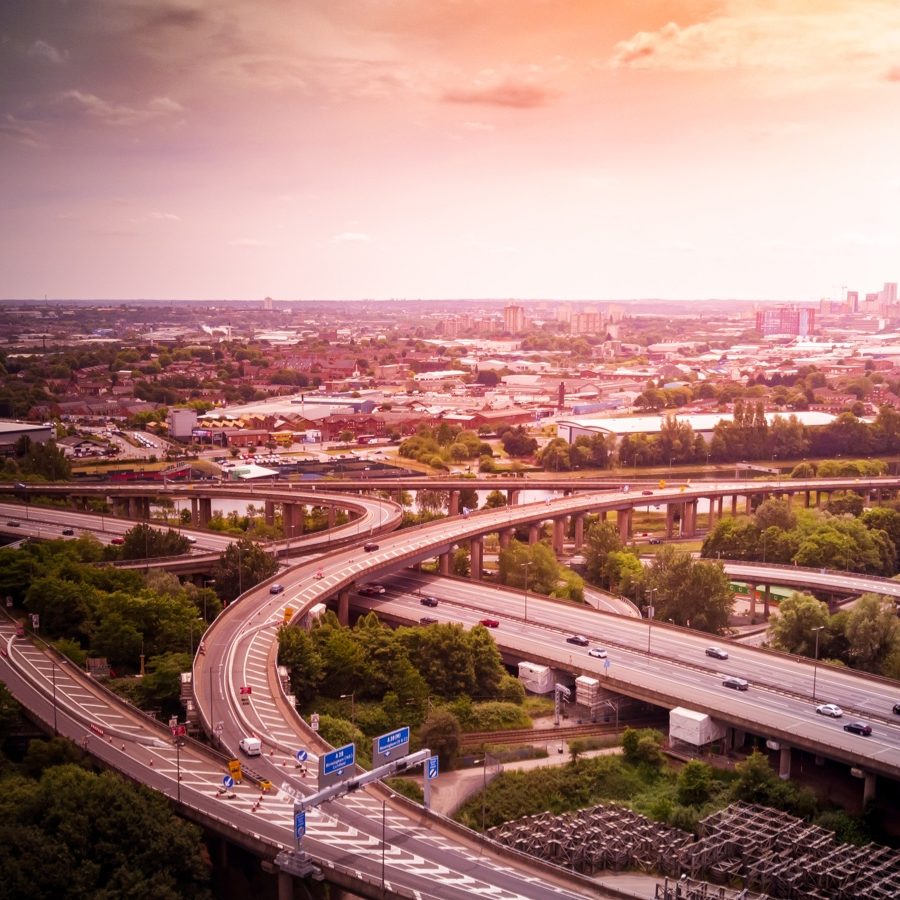
Smart Motorways – Good or Bad Idea?
What is a smart motorway?
Smart motorways use technology to actively manage traffic flow. This might be by making the hard shoulder available – either temporarily or permanently – as an extra lane, closing a lane to traffic due to accident or obstacle, or setting temporary speed limits that are displayed on overhead gantries to deal with localised issues. This allows the capacity of the road to be increased without widening the motorway, and helps keep traffic flowing more smoothly.
Good Idea, Right?
On the surface of it that might all sound good; there are obvious benefits to having instant access to an additional lane without the inconvenience of months of roadworks while a motorway is widened. Add to that the ability to alert drivers to dangers in the road ahead, and to dynamically adjust speed limits based on current events and, in theory at least, it would seem that road hauliers ought to benefit enormously.
However, safety concerns have been raised by a number of bodies, including the Commons Transport Select Committee, who are worried about the conversion of hard shoulders into additional traffic lanes.
Committee chairwoman, Labour MP Louise Ellman, was keen to stress they had no issue with the government’s assertion that there was a need for more capacity on the UK’s motorways. “But,” she said, “we take real issue with the government’s assertion that all-lane running schemes on motorways are no different to other types of roads without hard shoulders. Motorways are a different class of road and drivers have different expectations when using them.”
The committee aren’t the only people to express unease; concerns about drivers of all types of vehicles not having a hard shoulder to pull on to in the case of an emergency have been raised by the emergency services, road workers and recovery operators.
The Solution to Safety Concerns
However, the government have said that the provision of emergency refuge areas (ERAs), which are spaced at regular intervals along a motorway, will compensate for this.
ERAs contain an emergency telephone, allowing people in difficulty to call for help. If people cannot get to an ERA and there is no hard shoulder they are advised to leave the motorway or, if that isn’t possible, to pull as far over to the nearside verge as they can, then leave the vehicle (if they can do so safely) or else stay inside, wearing their seatbelt. They should call for help if they can, or else wait to be spotted. Smart technology can then be used to keep them safe – by closing the lane, for example – until help arrives.
Highways England, who are responsible for the motorway network, also intend to review lay-by spacing to ensure sufficient ERAs are in place and reduce the likelihood of vehicles stopping in live lanes. However, not everyone is convinced this is adequate. Edmund King, president of the AA, said: “Four out of five drivers are scared about using emergency refuge areas, some even dubbing them ‘death zones’. The government needs to act now to improve this perception.”
Nowhere for an HGV to go
There’s certainly cause for concern for anyone who might unexpectedly encounter a partially (or fully) blocked lane, especially if they are driving a larger vehicle. The dangers to everyone involved are clear. The RAC’s chief engineer, David Bizley, asserts: “The safety case for all-lane running is not yet proven and as a result we fear that it won’t be long before there is a major tragedy that will make the government think again.”
That notwithstanding, smart motorways are already in operation on sections of the M42, M1, M6 and M5. Motorways are currently the UK’s safest roads; it remains to be seen whether they will continue to be.
If you’re a professional driver or frequent motorway user, we’d love to get your opinion on smart motorways. Have you had an experience – good or bad – on a smart motorway? Please send us a tweet using the hashtag #SmartMotorways.
